Can the shape of a space affect a player's emotions?
Various forms of space geometry affect a person’s emotional state.
How exactly? Let's figure it out.
Our emotions are influenced by everything: color, shape, pattern, composition and other design elements. There are also elements of psychology and cultural memory. You can familiarize yourself with Gestalt theory. And that's all In total will affect us and our actions. But in this article we will only talk about the forms of the environment.
When you see a sharp object in the game, you unconsciously know that it can cause damage to you. Conversely, when you see an object with round edges, you run straight into it. And game designers can take advantage of this. On the one hand, I am already touching on affordances, but there will be an article about this later.
One of the main ways in which the shape of a space affects the player's emotions is by creating a feeling spatial depth. Game worlds where space has a three-dimensional structure can provide players with a sense of freedom and exploration. This can lead to positive emotions such as satisfaction and delight. On the contrary, games with confined or flat space may cause feelings of tightness and restriction, which can cause negative emotions such as frustration or irritation.
Additionally, the shape of a space can influence the player's emotions through creating atmosphere and mood. For example, games with narrow and cramped corridors can cause feelings of anxiety and tension, which can be useful in creating an atmosphere of horror or tension. On the other hand, games with open spaces and bright colors can induce feelings of calm and joy.
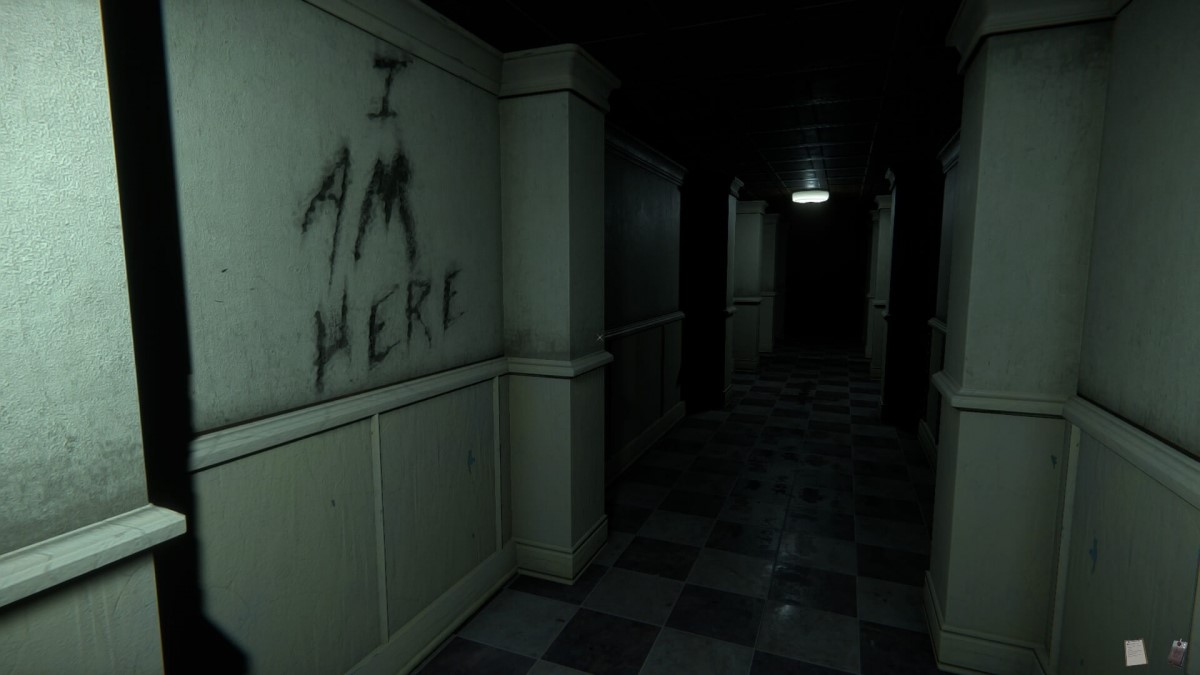
Also, the shape of the space can influence the player's emotions through the creation perspective effect. Games where space shrinks or expands based on the player's movement can create a sense of surprise and delight. This can be especially effective in games with an adventure story, where players may experience emotions similar to those they feel when overcoming obstacles and achieving goals.
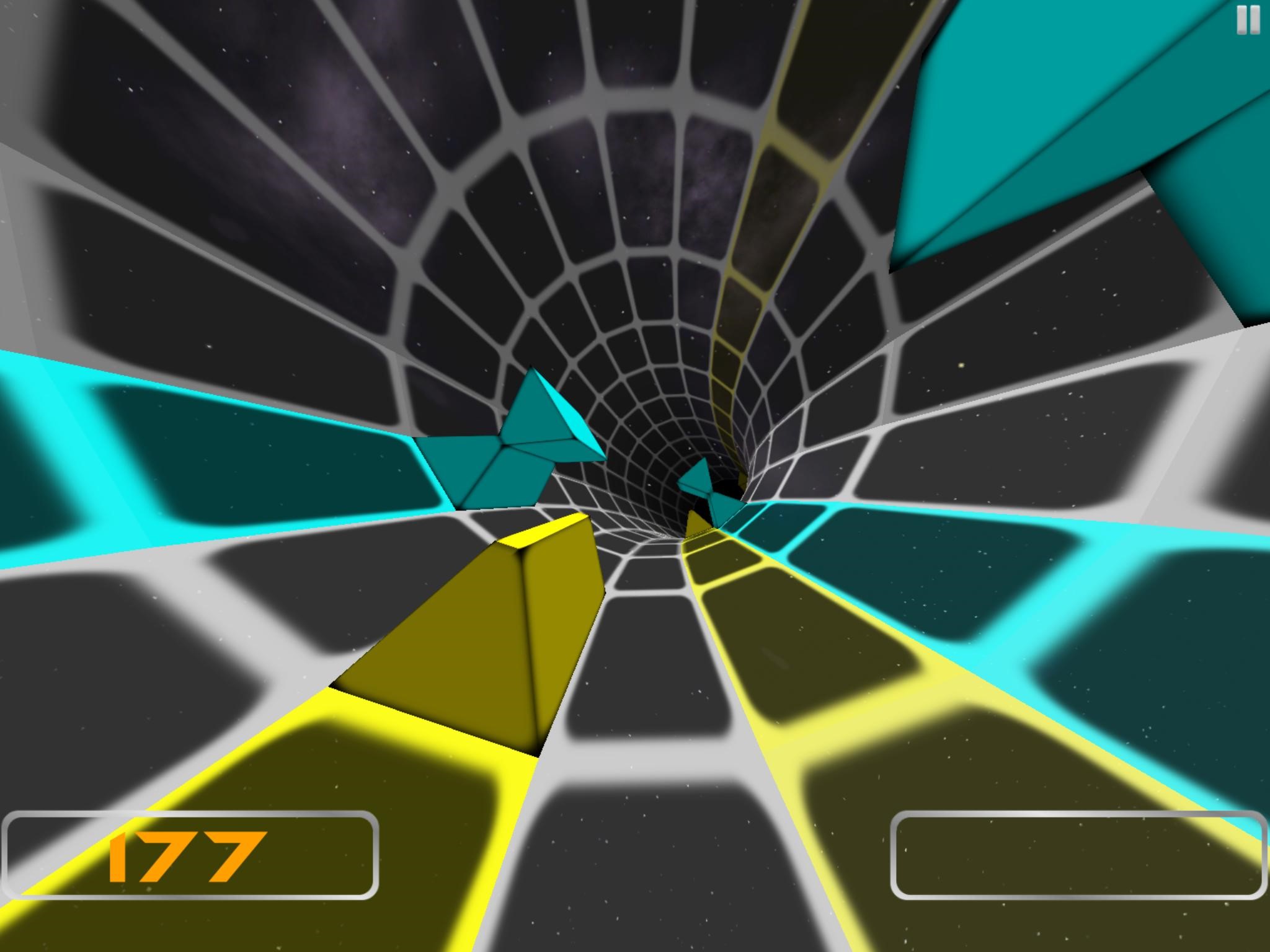
With lines we can ask and pass to players certain emotions and even mood. To do this, let's turn to the book “Landscape Architecture” by John Ormsby Symonds, which describes in detail 48 lines of moods.
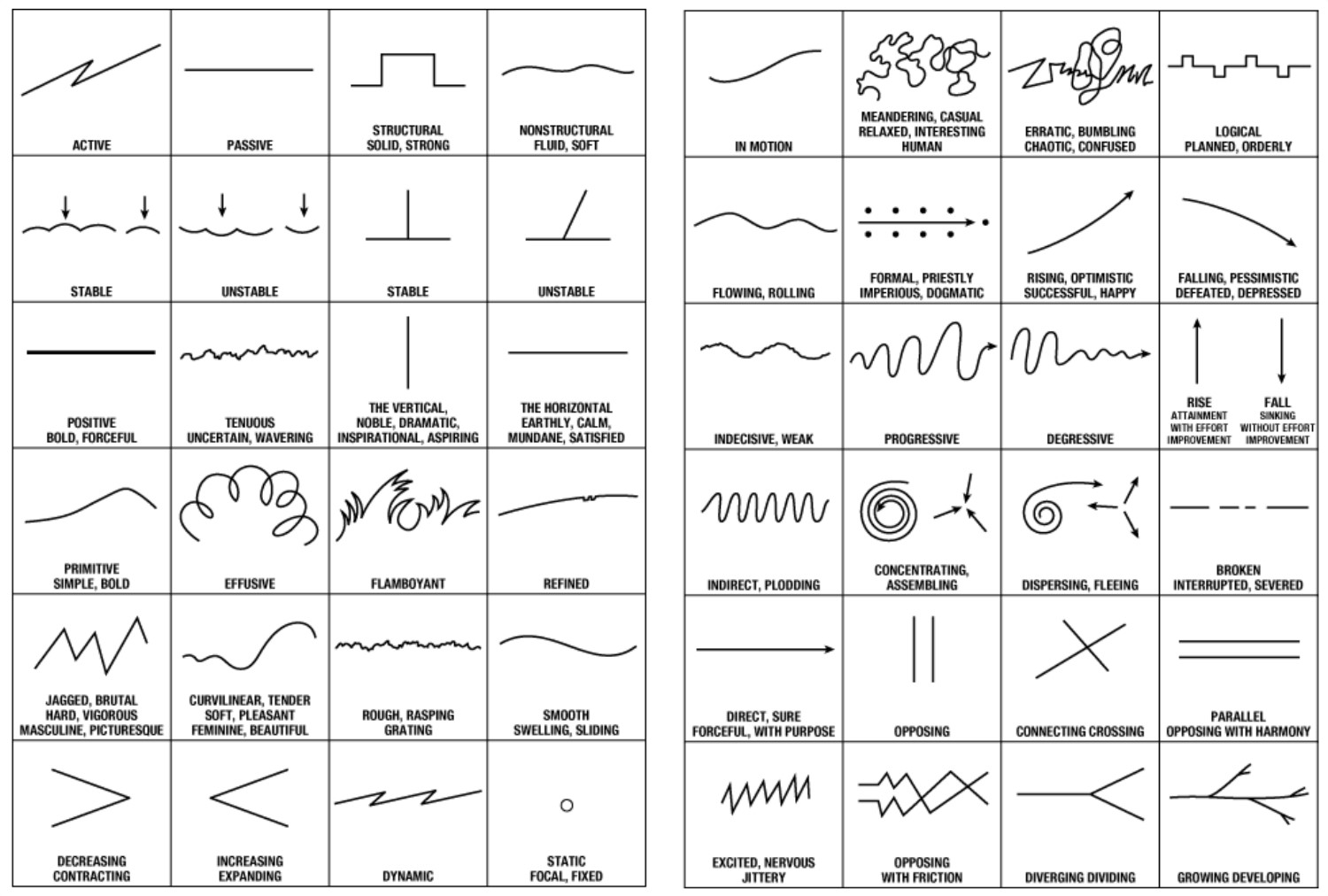
This collection is more complete and verified by designer Ricard Rodin with many examples in the field of movie posters, paintings, photographs. But let's dig deeper and find the mood lines in games.
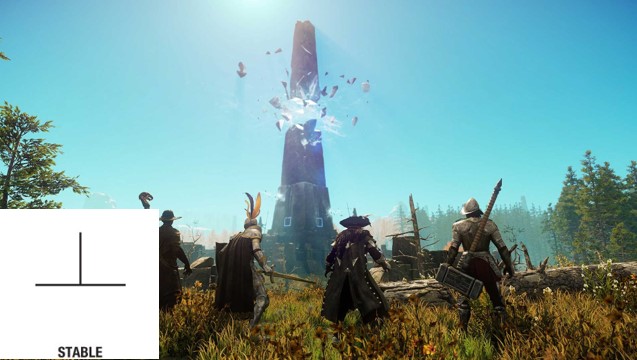
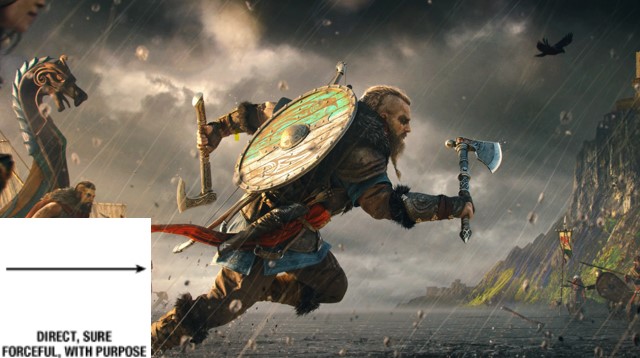
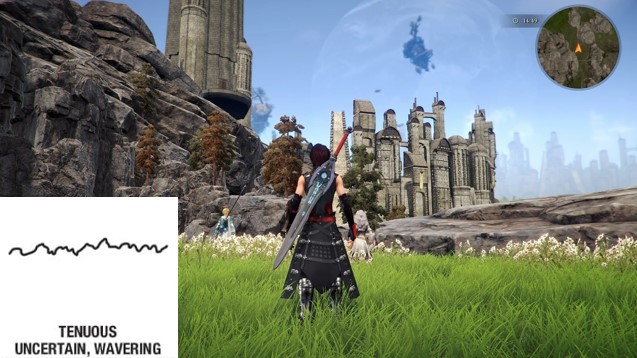
What emotions does a person experience when they see certain lines?
Horizontal line gives rise to a feeling of peace, strength, lightness, freedom, security, balance, passivity, monotony, heaviness.
Vertical line in the bottom-up direction evokes the idea of ascent, growth, activity, a feeling of achieving victory over gravity, new opportunities.
Vertical line towards top – down gives rise to a feeling of defeat, retreat, refuge, shelter, solitude, conformity with gravity, ever-increasing limitation, a feeling of depression.
Diagonal and regular curved lines embody active movement and dynamics. Depending on the direction of the diagonals and the regular curves up or down, the feelings evoked by the vertical and horizontal directions are added to the basic feeling of dynamic active movement.
However, it should be noted that the effect of the shape of a space on a player's emotions is relative and may vary depending on the player's individual preferences and experience. Some players may perceive open spaces as unsettling or even restless, while others may enjoy the freedom and space. Therefore, you should not abuse this and use it where it is really necessary.
Bottom line
Thus, the shape of the space of the game environment has a significant impact on the player's emotions. It can create different atmospheres, influence mood and evoke a variety of emotions. Game designers can use this factor to enhance the player's emotional experience and make the game more exciting and memorable. If you want to convey a certain mood in a game, then be sure to use forms, since on a subconscious level we perceive this much better than any text. Use it!





